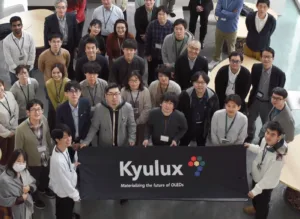Kyulux has partnered with Nippon Soda to commercialize thermally activated delayed fluorescent (TADF) materials.
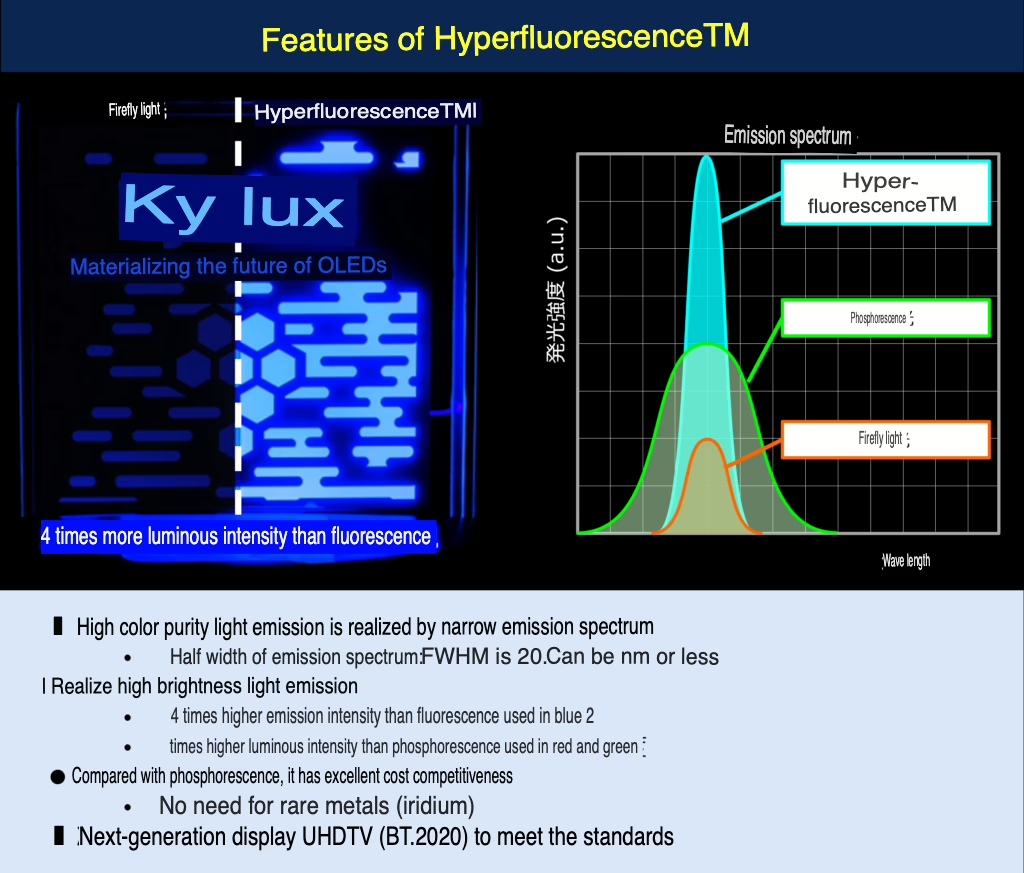
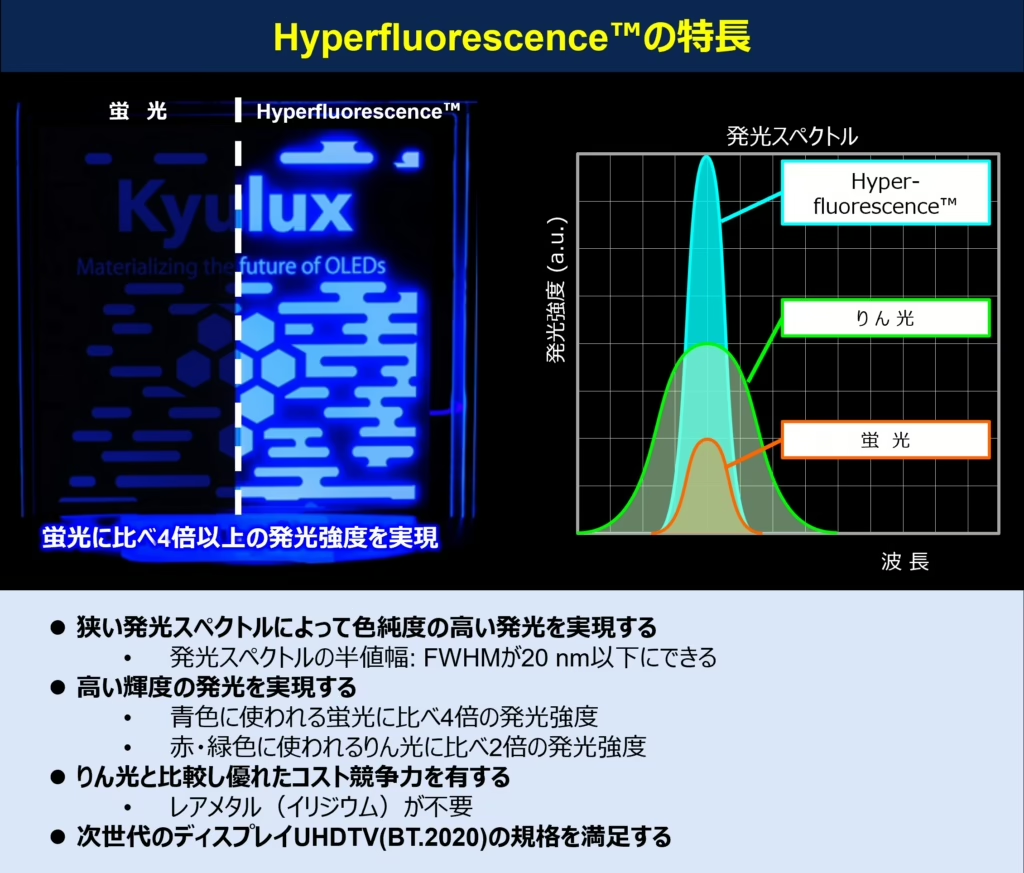
Kyulux, established in Japan in 2015 as a startup from Kyushu University, is a technology company specializing in next-generation OLED display and lighting materials, focusing on TADF and Hyperfluorescence technologies. Over its approximately 9-year history, the company has grown to employ over 90 people across Japan and the United States, raised $86 million in funding, exclusively licensed technology from Kyushu and Harvard Universities, and notably launched the world’s first Hyperfluorescence TADF OLED display in 2019.
The collaboration focuses on Thermally Activated Delayed Fluorescent (TADF) materials, a cutting-edge technology that eliminates the need for rare metals in display production. By removing these expensive and environmentally problematic components, the new materials could significantly reduce manufacturing costs and environmental impact.
Nippon Soda will invest directly in Kyulux and provide expertise in industrial-scale production, while Kyulux contributes its innovative material technology developed through years of academic research. This strategic alliance represents a critical step in bringing advanced display technologies from laboratory concepts to real-world manufacturing.
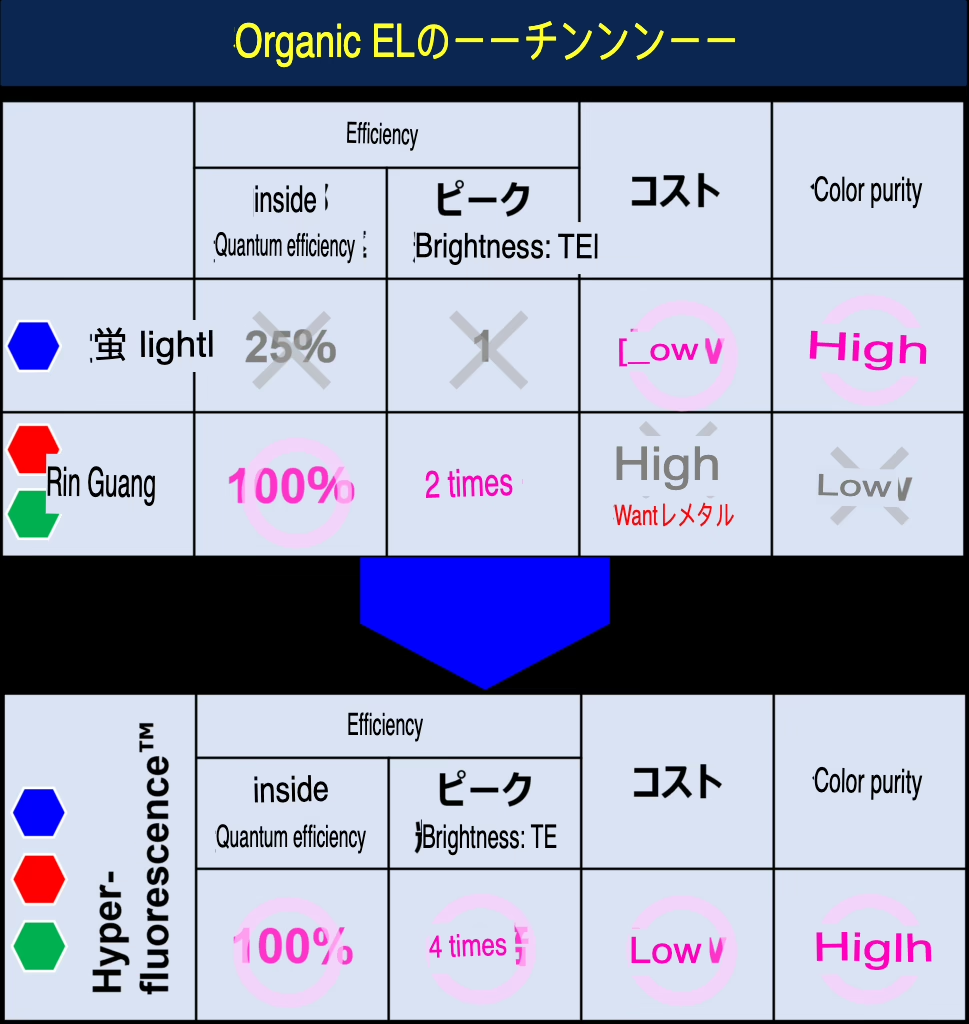
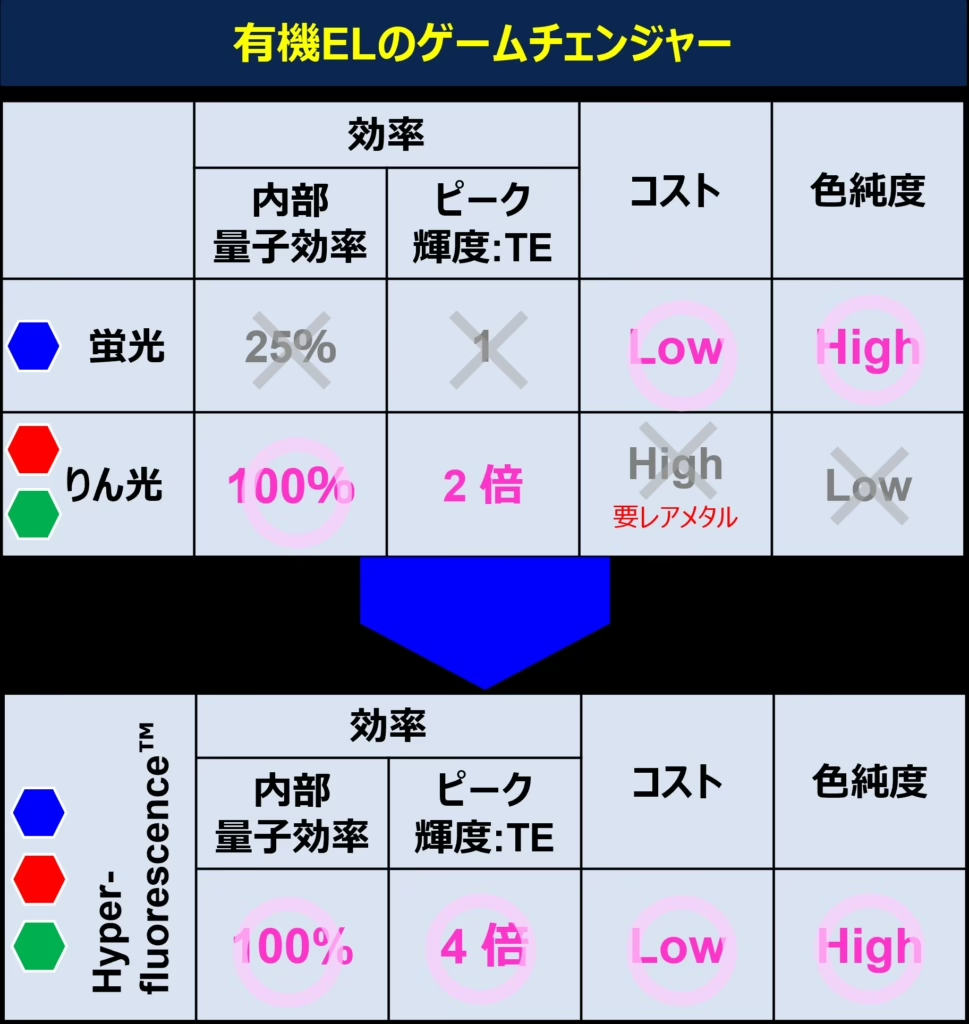
The partnership is particularly significant as the global display market continues to demand increasingly efficient and sustainable electronic components. TADF materials are particularly interesting for advancing OLED technology because they offer a more efficient and cost-effective alternative to traditional phosphorescent materials. By enabling near-100% conversion of electrical energy into light and using less expensive organic materials, TADF allows for the creation of brighter, more energy-efficient displays and lighting with lower production costs. These materials can potentially replace rare and expensive metal-based compounds, making high-quality OLED technology more accessible, reducing manufacturing expenses, and supporting more sustainable electronics production across displays, lighting, and potentially other emerging technologies.

